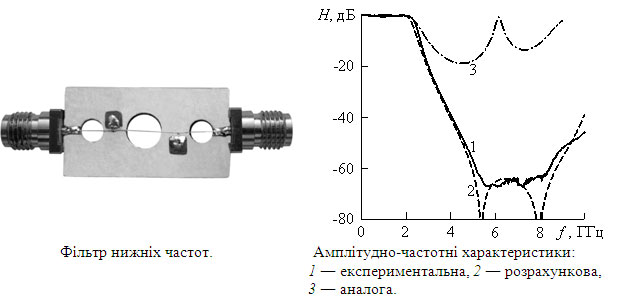Physical and technical foundations development of signal processing devices barrier micro- and nanostructures
The developed method of input impedance characteristics allows to obtain new knowledge about the wave properties of barrier micro- and nanostructures and, on this basis, new effective technical solutions. As an impedance-based method, it is universal for wave structures of any nature. The proposed and developed method of impedance -inhomogeneities combines the advantages of impedance approach and locally lumped properties of -function. For many structures solutions are analytical. Proposed and developed -models of reactive elements and oscillatory structures enrich the theoretical foundation of single and periodic wave structures. Unlike well-known models -models are accurate without frequency restrictions. On the basis of -models of reactive elements and oscillatory structures -models of frequency filters are developed that simplify modeling and allow developing solutions with improved selectivity and design parameters. Practical realization of the results is aimed at creating the newest signal processing devices. One- and three-dimensional computer models of microstrip frequency filter were developed on the basis of traditional and proposed by the authors electromagnetocrystall quasi reactive elements in the Mathcad and CST Microwave Studio software packages. Characteristics features of open-circuited stubs as quasi-lumped capacitances are investigated. The design of a low-pass filter with open-circuited stubs with a significant improvement in the suppression of signals in the suppression band compared with the traditional solution is proposed. Filter layouts are developed and their experimental research are conducted.

| Attachment | Size |
|---|---|
| 308.59 KB |




